So winter is finally here! This means there’s a constant chill in the air, frost on the ground, and the looming possibility of snow! There are a few things you should be careful to pay attention to this winter that will keep your dog safe and warm in the colder weather. Here’s a quick rundown of important things you should keep in mind.
Now that it is cold, you might be relying more on harmful chemicals like antifreeze to stop your car’s engine from freezing up. This means that the sweet smelling chemical is more likely than ever to cross your dog’s path, and you should take steps to prevent this from happening.
Antifreeze usually contains Ethylene Glycol, which is harmful to your dog’s brain, liver, and kidneys. Ethylene Glycol can cause seizures, convulsions, and tremors as well as possible fainting and even coma. In severe cases exposure can cause fatal kidney failure. In order to prevent exposure it is important that you make sure to store these harmful chemicals in a place where your pet cannot access them. Make sure to immediately clean up any spilled antifreeze and dispose of old containers properly. Always monitor your vehicle for any leaks to avoid this hazard to your pet. Certain brands of Antifreeze does not contain Ethylene Glycol, and instead contains a chemical known as Propylene Glycol which is pet safe, but be careful with any Antifreeze you have around.
Dogs can’t put on a heavier coat of fur when it gets cold outside. As the winter approaches, it is important to make sure that you keep your dog nice and warm during the chilly months ahead by limiting your dog’s time outside in the cold. Walk your dog when the sun is out during the winter months. A dog can get cold quickly because of wet fur and they lose heat through their exposed feet and ears. If it is too cold outside for you, it is definitely too cold for your dog to be outside.
Small dogs, dogs with short coats, or dogs with no undercoat will get cold faster than dogs with longer coats. Huskies and Malamutes, and other “cold weather” dog breeds fare better in freezing temperatures. The breed does not matter much if your dog is not already used to the cold. Puppies and older dogs, or any dog with a health condition will likely be affected even faster.
It might be a good idea to purchase some warming products if you plan to be outside a lot this winter.
You may think about purchasing a heating pad for your dog to lay on, which will run you about $20- $30 and will help speed up the process of getting them comfortable and warm again. Dogs love sleeping on a nice warm heating pad. The Thera Pawz pad from Green Pet Shop actually uses your dog’s own body heat, and a bamboo charcoal technology that harnesses that heat to warm the pad and keep it warm without batteries or plugs required.
The Polar Visibility Warming Dog Vest from Hurtta will keep your dog’s chest nice and warm in colder environments. It is water-proof, and soft on your dog’s body. You won’t need to worry as much about the vest irritating your dog from rubbing against their skin. The vest is brightly colored and easy to see against the snow, because it utilizes 3M reflectors for maximum visibility so you won’t lose your dog in the snow either.
Never shave your dog during the winter, as their coat is what protects them from the cold. If you have a dog with a longer coat, it is alright to trim their fur so that you prevent clinging ice crystals and snow from collecting in their coat, and to avoid harmful de-icing chemicals from drying out their sensitive skin. It is usually a good idea to bring a towel with you on walks during the snowy seasons so that you can quickly dry off your dog when you are finished with your walk. Pay special attention to the dog’s feet which can become chapped and raw due to road salt and de-icer under foot.
Going along with this, it is a good practice to bathe your dog as little as possible during the cold months of winter. Doing this too often can deplete the dog’s skin of natural oils and make dry, flaky skin more likely to occur.
If you follow these helpful tips, and always remember to pay attention to the signals your dog is sending you, such as panting, talking, or holding up their paws, that let you know it is time to take them inside then you’ll be sure to keep your dog safe this winter. Remember, if it is too cold for you, it’s way too cold for them to handle.



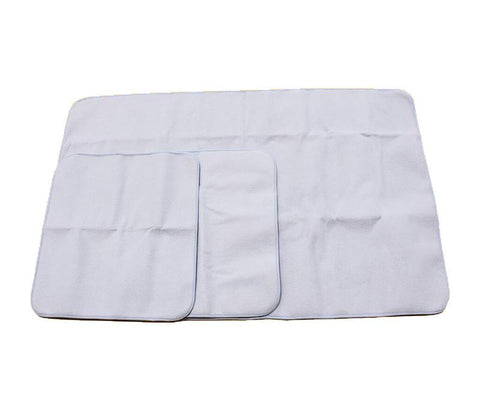
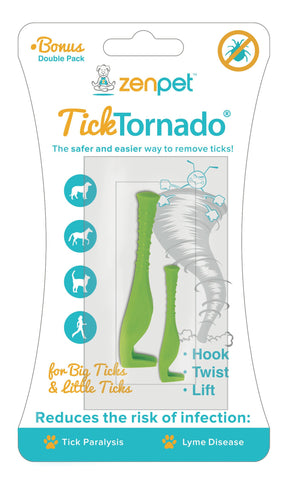

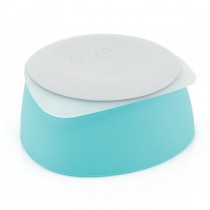
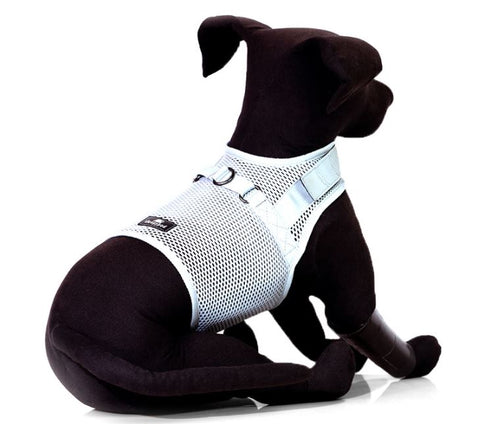

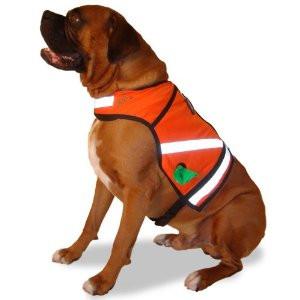
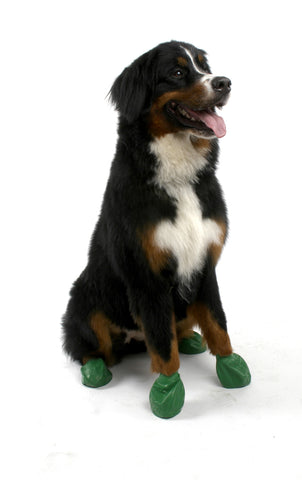











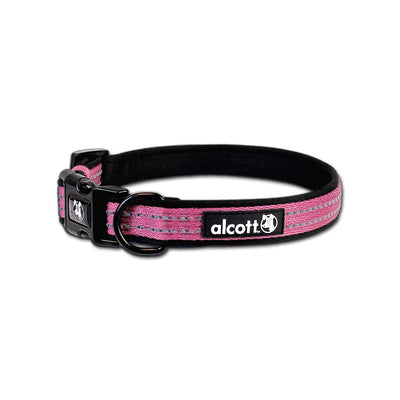
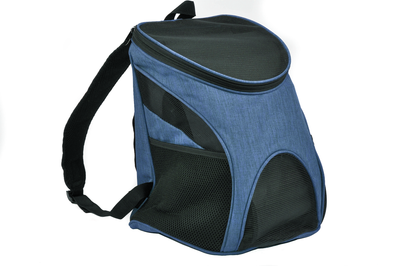
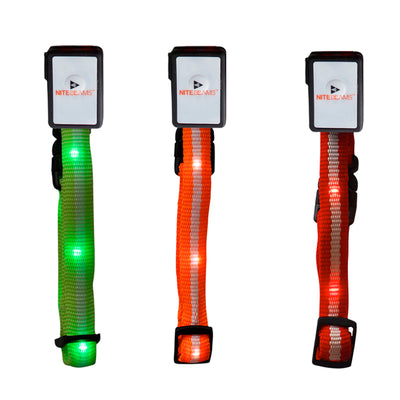
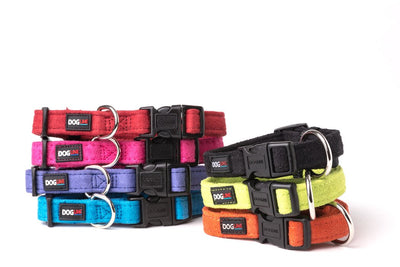
Leave a comment